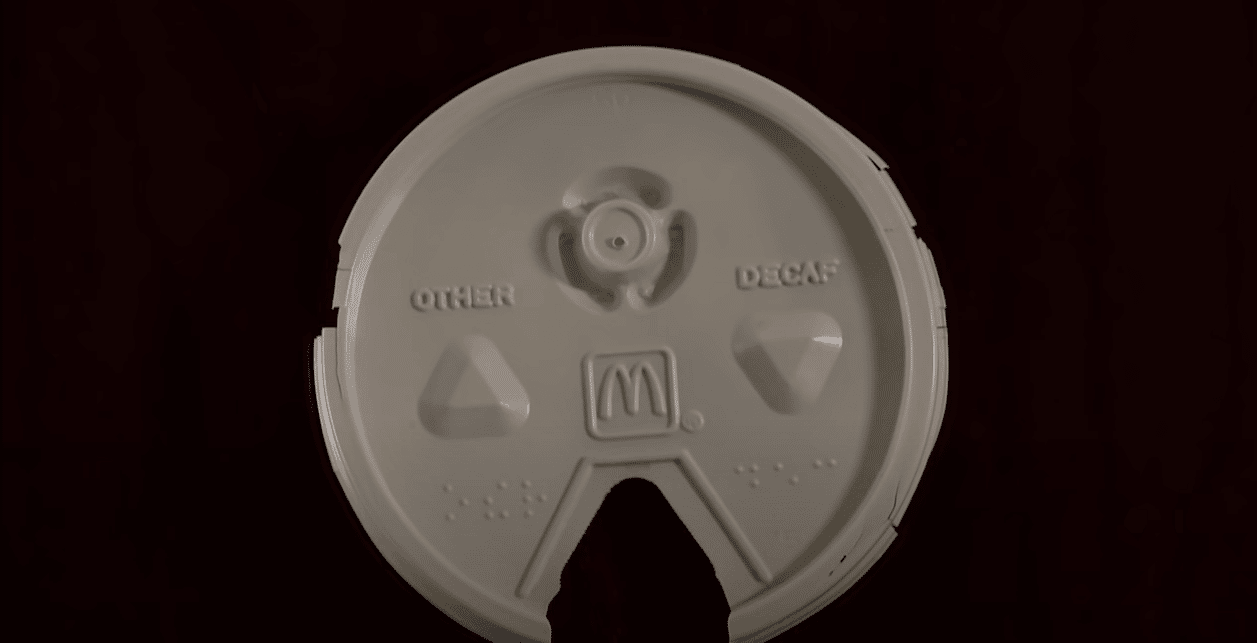Just like us injury lawyers have misconceptions and stereotypes against us, as discussed in our introductory blog post, so do medical malpractice lawsuits and the victims that file them. Notice that we say victims, not people, not parties, and not plaintiffs; victims. If you are filing or are considering filing a medical malpractice lawsuit, you are a victim. You have been injured, wronged, and had the life you were used to taken from you due to the negligence of a health care provider. Here’s the truths behind these 5 common medical malpractice myths:
- Malpractice crises are caused by spikes in medical malpractice litigation (ie, sudden rises in payouts and claim frequency)
- Many people believe that medical malpractice cases are on the rise and that payouts are becoming more common and more costly. This is not true according to recent research. A lot of people believe this myth because they only hear about the cases that go to court and receive large jury awards, they don’t hear about cases that are filed and settled out of court or hear about the cases that juries do not award. What many people also don’t know or understand is that just because a jury awards a large settlement; it is rare that the amount awarded by the jury is actually paid out.
- The tort system delivers “jackpot justice”
- There is an assumption that compensation is given at random, meaning that uninjured patients are given millions while patients who suffer unimaginable injuries receive little or nothing at all. According research and comparison over the last 10 years the average malpractice settlement amount was between $400,000 and $600,000. Less severe injuries receive much less than the average, if anything at all. There were of course some cases that were awarded much more, $1 million and up, but these payouts are extremely rare and were only given to patients who had suffered grave and permanent injuries.
- Physicians are one malpractice verdict away from bankruptcy
- Many people don’t understand that when there is a malpractice claim made, the physician usually pays no money regardless of the amount awarded. Another fact that is important in debunking this myth is that jury trials are uncommon, plaintiff (malpractice victim) victories are even less common, and when a case does go to trial, about 75% of the time, the provider, or physicians insurance company, is victorious. When a plaintiff is awarded a settlement, as mentioned before, payment is almost never as much as a jury awards, and the payment comes from the physician’s insurance company, not the physician.
- Physicians move to states that adopt damages caps
- There is no solid evidence or research to support this medical malpractice myth. In the last ten years states that have damage caps may have a few more physicians than those without, but the difference is very low.
- Tort reform will lower health-care spending dramatically
- Many studies on this issue have found that with tort reform, or the inability to file a malpractice claim or at least cap the amount paid out to malpractice victims, would only result in a 0.4% decline in health care spending but even with that small decline, no effect would be made on premiums for insured individuals. This means that even with tort reform, individuals would still be paying the same amount they are now for health care.
Contact The Pisanchyn Law Firm Now!
Don’t let medical malpractice myths intimidate or scare you from seeking justice. If you’ve been injured due to the purposeful or negligent act of a health care provider you could receive compensation for your injuries. Michael Pisanchyn and the excellent medical malpractice attorneys at the Pisanchyn Law Firm are here to help you get the justice and compensation you deserve. Please, call us toll free: 1-800-444-5309 with any questions or concerns you may have.




